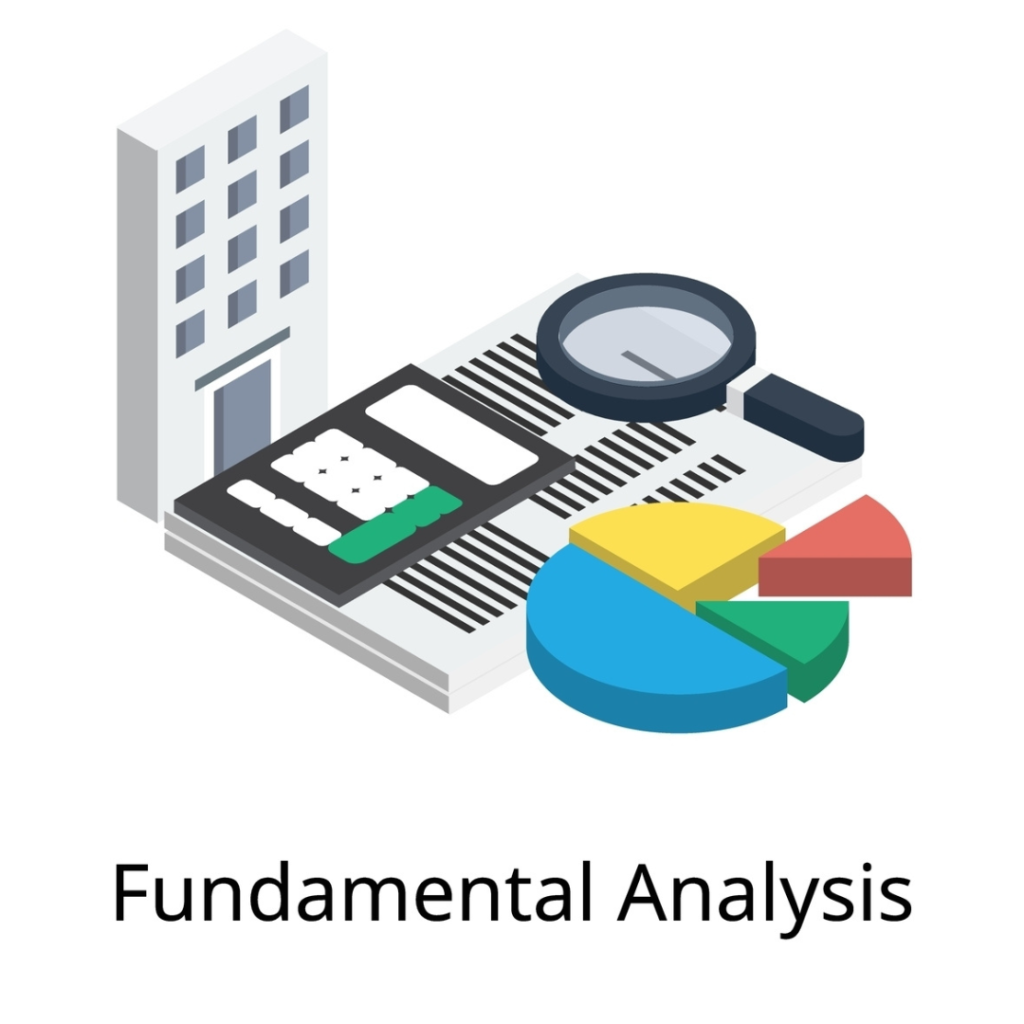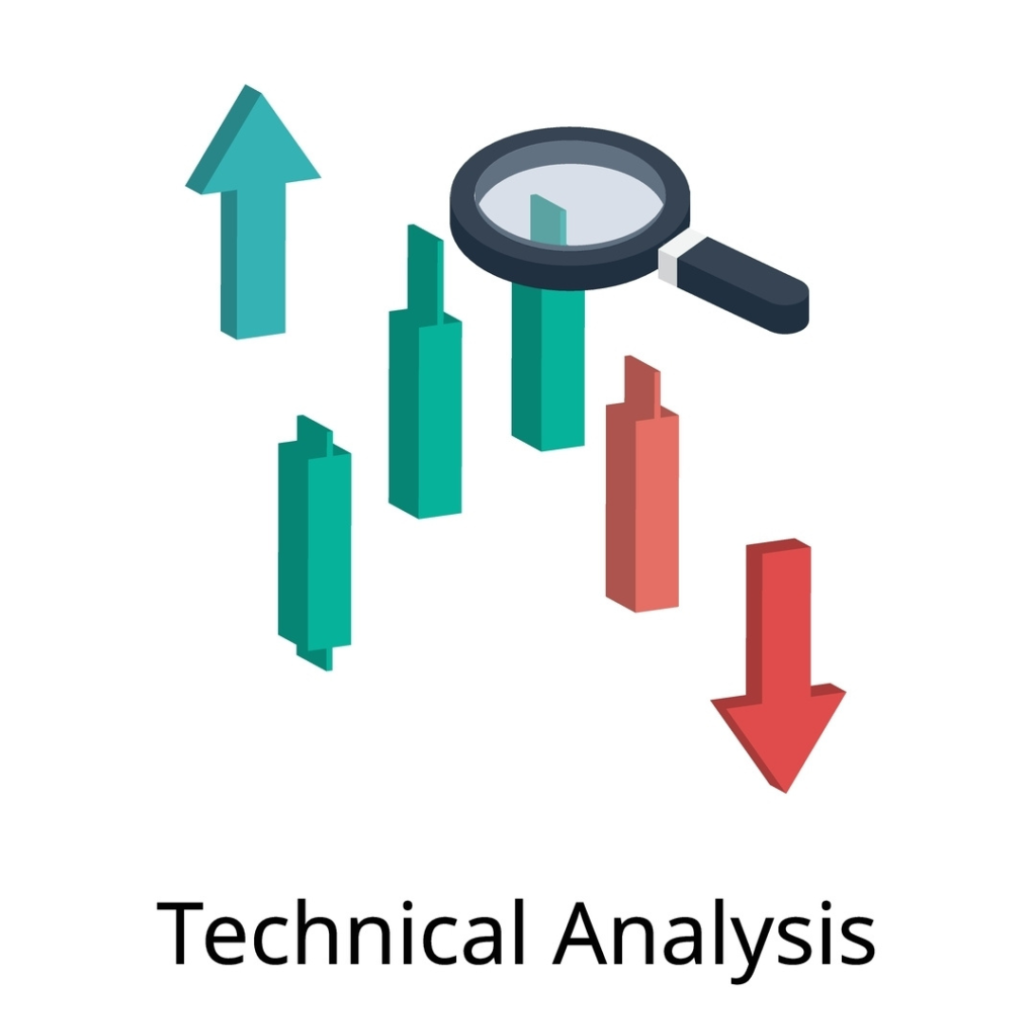Fundamental Vs Technical Analysis: Which One is Better?
Whether you’re new to the trading and investing world or a veteran, you’ve probably already heard the phrase “fundamental analysis vs technical analysis”.
Both are investing and trading strategies and both are different.
Neither of them is better than the other. Both are best suited for different contexts. And it’s always better to use them complementary to each other than just one.
The following is a quick overview of both analysis practices, their pros and cons and which is best for your goals and priorities.
Overview of Fundamental Analysis

In the traditional sense of the term, fundamental analysis looks at the intrinsic value of an asset.
In the crypto space, these metrics for intrinsic value are:
Use Cases – Is there any real-world application for that particular cryptocurrency or token? Is there an existing market for it? Is there an existing better alternative? Do people care enough to shift towards this new technology?
These questions will help you find out the use case or real-world application of a cryptocurrency or any technology or product, for that matter.
Roadmap – What is the vision of this crypto? What are some future updates the developers and community are planning? How do they plan to achieve these goals?
Developers or Founding Team – Who are the developers? Are they credible? What are their qualifications and past work experiences? Have they successfully run a project before?
Community – What is the community of this crypto like? Do they actually care about the project and its vision? Are they legit?
These are just a few metrics you can use to measure the intrinsic value of a cryptocurrency. There are more. Investors and traders use these metrics to identify if a cryptocurrency is overvalued or undervalued.
If a crypto asset is undervalued, trading less than its potential, investors will just invest and wait for it to grow and make a profit.
Take Bitcoin, for example. The people who realized the potential and use cases of the blockchain technology and Bitcoin invested in them early when their price was still low and undervalued. Now, fast forward to 2022, and some of those investors are millionaires.
If the crypto is overvalued, investors will bet against it. It’s called shorting. An asset is overvalued when it’s trading for more than its potential. Shorting is basically recognizing an asset is overvalued and betting against it because, at some point, its price will inevitably fall.
Take Dogecoin, for example. Dogecoin hit a massive peak last year without any real intrinsic value. It was overvalued. Soon, the market corrected itself, Dogecoin prices crashed, and many people took a massive L while the ones shorting the crypto made a profit.
We also have an in-depth guide on fundamental analysis that you should check out.
Overview of Technical Analysis

Technical analysis doesn’t care about the intrinsic value of a coin. All it cares about is patterns and trends. You’ll find a typical day trader looking at charts and candlesticks all day, trying to figure out where the market is headed. That’s technical analysis.
As the name suggests, it’s quite technical and gets super complicated, super quick. So, to keep it simple, technical analysis looks at past and present patterns and trends of a cryptocurrency and determines whether to bet for or against it.
After analyzing these patterns and trends in price movements, demand-supply cycles and whatnot, an indicator emerges. This indicator will tell the trader if the market is bullish or bearish. Though most day traders use this on a micro level – minutes, hours and days.
One such indicator is the golden cross. A golden cross occurs when a shorter-term moving average (average price) crosses over a longer-term moving average (average price), signaling a bullish run.
Which One is Better? Fundamental Vs Technical Analysis
As you can probably tell, both fundamental and technical analysis have strengths and limitations.
While the fundamental analysis may look at the intrinsic value of an asset and its real-world applications, it overlooks critical data about past patterns and trends that may indicate something about its future.
On the other hand, technical analysis may be data-driven but overlooks the most fundamental building block of a successful project – does it provides any real value to its users for it to grow sustainably for a long time?
That’s why fundamental analysis is ideal for long-term investment strategies like HODLing. It’s because even if a particular crypto project has great potential, the market isn’t necessarily going to discover and recognize it right away. It takes time, usually long periods of time.
Bitcoin didn’t grow from $1 to $20,000+ in one night. It took more than a decade for Bitcoin to reach here.
Technical analysis is ideal for short-term investment strategies like day trading or swing trading. Even if all patterns show a positive trend, that doesn’t necessarily mean the coin will stand the test of time. Plus, you can never expect how new innovations and economic or political factors can impact the market.
But that being said, realistically, traders and investors use a little of both, which is the best approach. Having a “fundamental vs technical analysis” is not helpful. You need the best of both worlds to increase your likelihood of making the most returns.